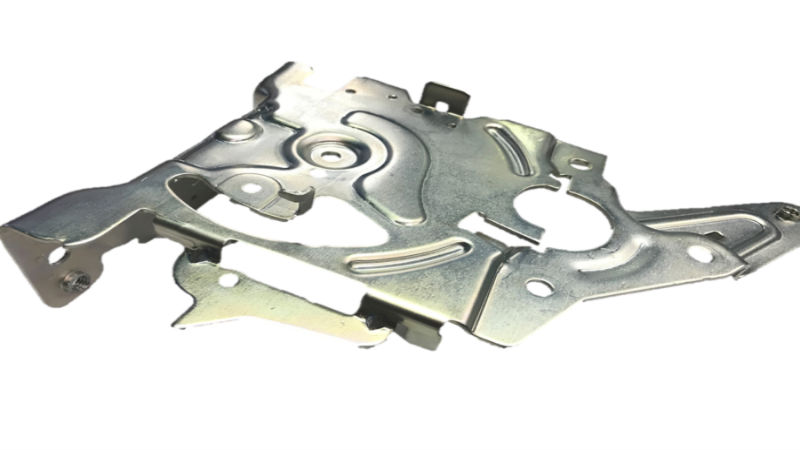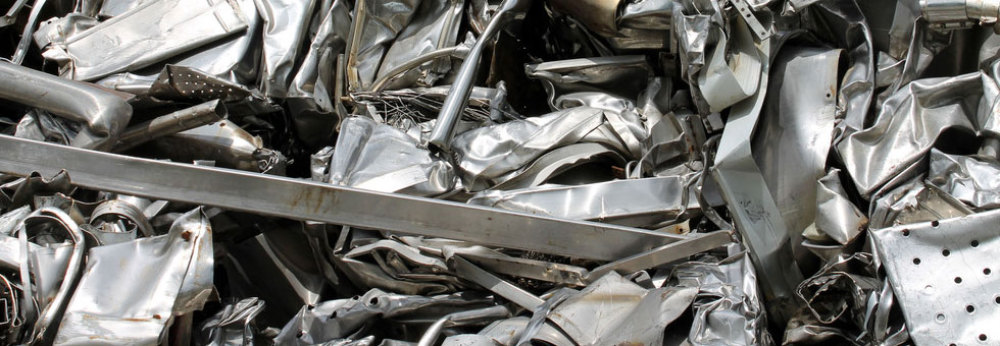Today, many kinds of metal materials receive a protective coating with a process known as electroplating. Some companies use barrel plating methods while others prefer rack plating, or they may use both. There are specific benefits to each process, and it is important to know them so that you can get the best materials and parts for your business. Here is information on both processes for your consideration.
Barrel Coating
Barrel coating or plating refers to putting parts inside a plastic barrel. Inside the barrel are conductive metal bars and electricity passes through them and the plating solution in the barrel. A machine rotates the barrel and as it slowly spins the parts receive an even coating. This is similar to the way clothing moves about inside a clothes dryer.
Barrel plating is a good way to protect parts from corrosion with a protective coating. It also produces a shiny and attractive finish. Coated parts last longer because they receive less wear and tear.
Rack Plating
Metal parts get placed on racks, and are tightly secured in place. With rack coating, parts do not spin or rotate during the coating process. They remain stationary as they lower into the plating solution.
Barrel Coating Pros and Cons
Barrel coating requires less expensive equipment than rack coating methods. There is less labor required too. This lets you offer the customer lower priced parts and materials. Yet, this method does not give you a high-quality finish.
Rack Coating Pros and Cons
Rack plating requires special racks and some of them are custom designed and manufactured. It takes a lot of time and labor to produce parts. This can add to the cost of the process. However, you can coat intricate and large parts this way and give them a quality finish. Both rack and barrel methods work well on many types of metals.







